Västmanland
WELCOME TO Västmanland
County Overview
Västerås
5,150 km2
275,000
Swedish
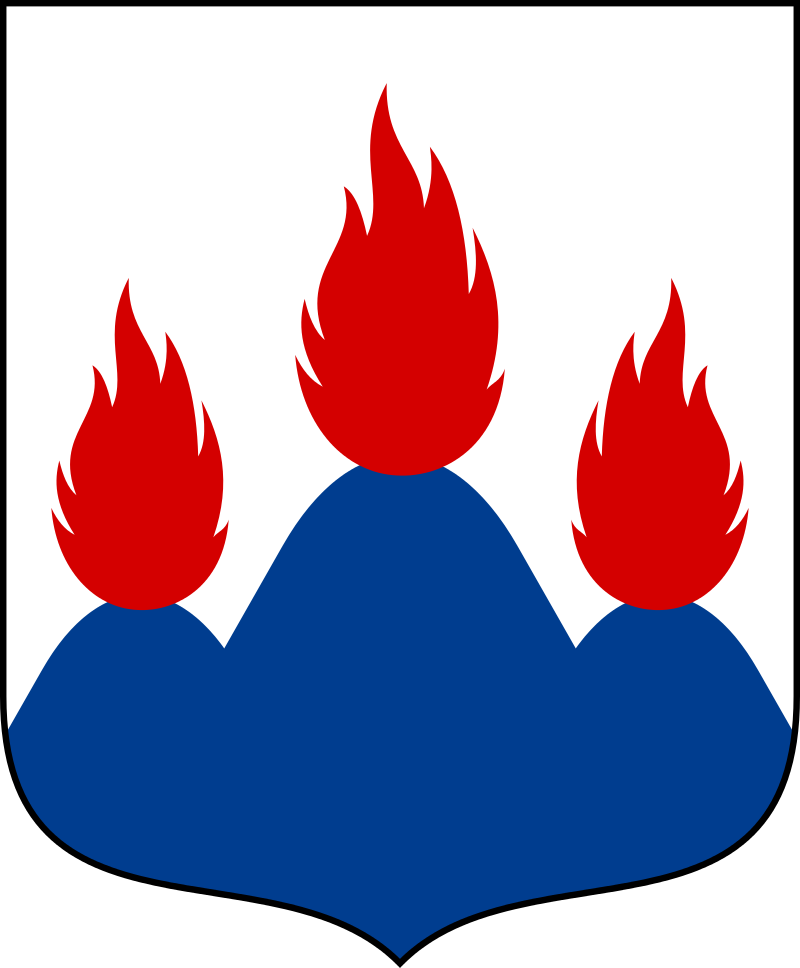
Popular
Geography and Tourist Attractions
Information about the province's tourist attractions, including popular destinations, events, and activities.

Bergslagen
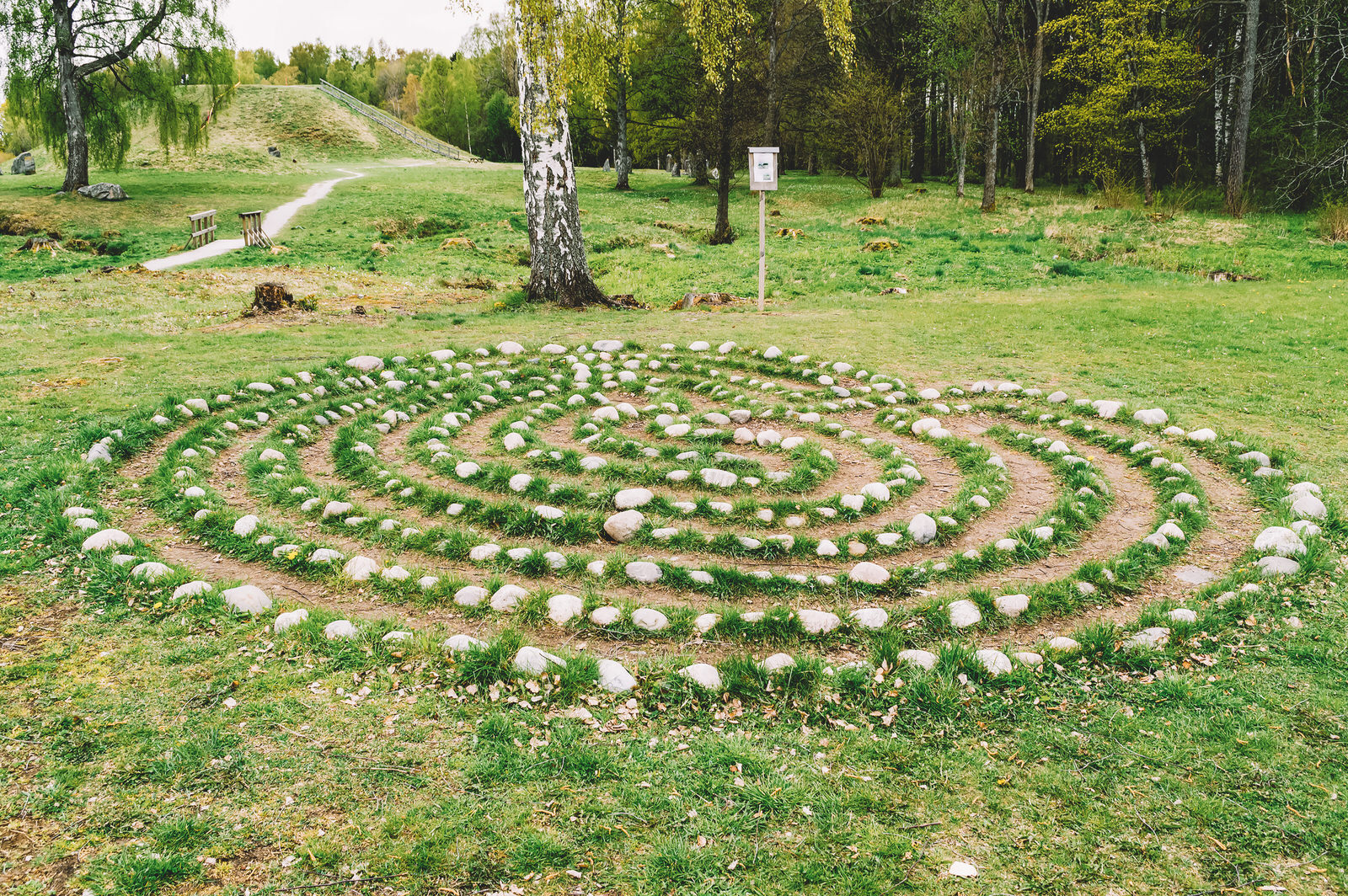
Anundshög
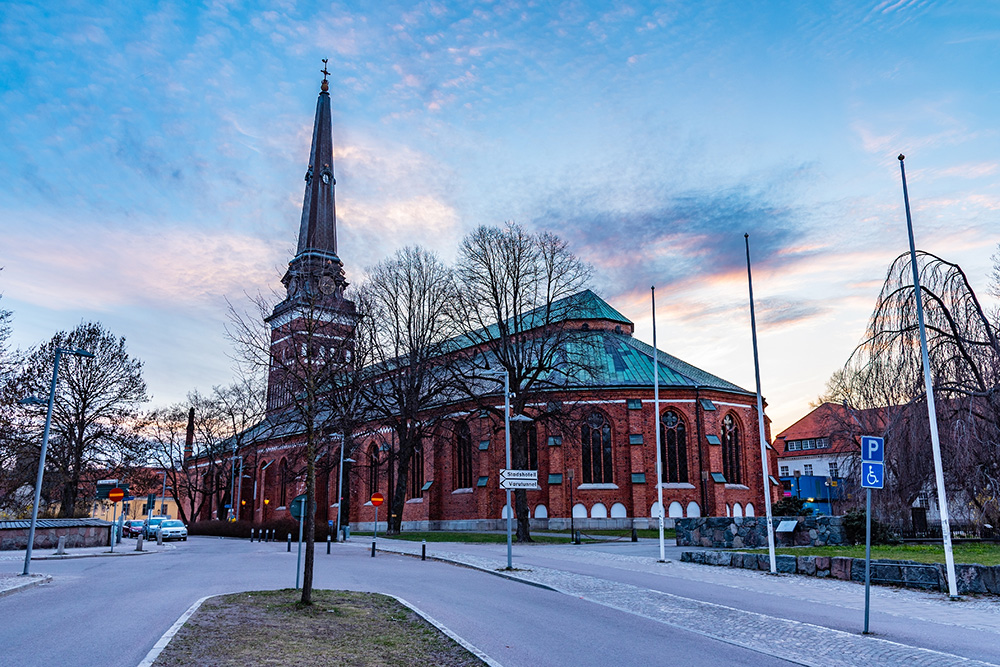
Västerås Cathedral
Political
Economy and Government
The economy of Västmanland is diverse and includes a variety of industries such as manufacturing, engineering, technology, and service sectors. The region is home to several major companies, including ABB, Bombardier, and Westinghouse. Västerås, the largest city in Västmanland, is an important transportation hub and has a strong logistics industry. Agriculture also plays a role in the economy, with many small-scale farms producing crops and livestock.
The local government in Västmanland is responsible for the administration and provision of public services in the region. The region is governed by a regional council, which is elected by the residents of Västmanland. The council is responsible for making decisions on regional issues such as infrastructure development, education, and healthcare.
Västmanland is also part of the larger governmental structure of Sweden, which is a parliamentary representative democratic constitutional monarchy. The Swedish government operates with a system of decentralization, where power is shared between the central government and the regional and local governments. The Swedish economy is one of the strongest in the world, with a high standard of living and a focus on innovation and sustainability.
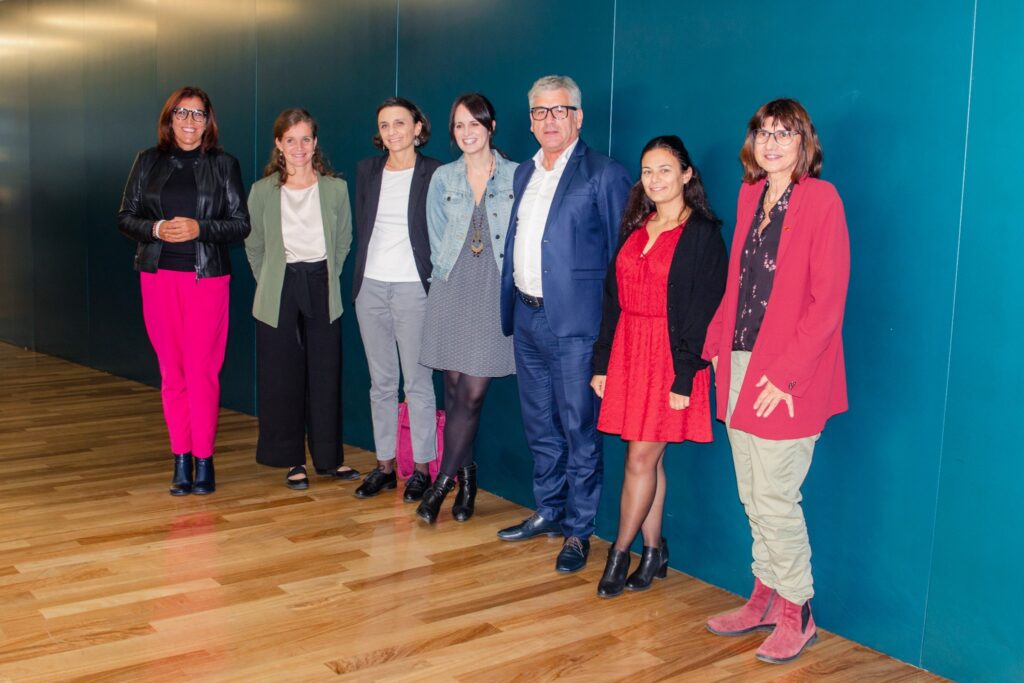
History
History and Culture
Västmanland has a rich cultural and historical heritage, dating back to the Viking Age. One of the most famous cultural sites is Anundshög, Sweden's largest burial mound from the Iron Age. Other historical landmarks include the Västerås Castle, built in the 14th century, and the Strömsholm Palace, a royal residence built in the 17th century.
Västmanland played a crucial role in Sweden's industrialization, with its abundant natural resources, such as iron ore and timber, fueling the growth of the iron and steel industries. The region's mining history is showcased in the Bergslagen area, which features several museums and heritage sites, including the Sala Silver Mine, a UNESCO World Heritage Site.
In terms of culture, Västmanland has a thriving arts scene, with numerous museums, galleries, and cultural centers. The Västerås Art Museum is one of the region's most important cultural institutions, showcasing contemporary and modern art.
Västmanland is also known for its traditional festivals and celebrations, such as the Skördefest (Harvest Festival) in the town of Köping, where visitors can enjoy local food, crafts, and music. The region's strong cultural heritage, combined with its natural beauty and vibrant arts scene, make it a popular destination for tourists and locals alike.
HOTELS
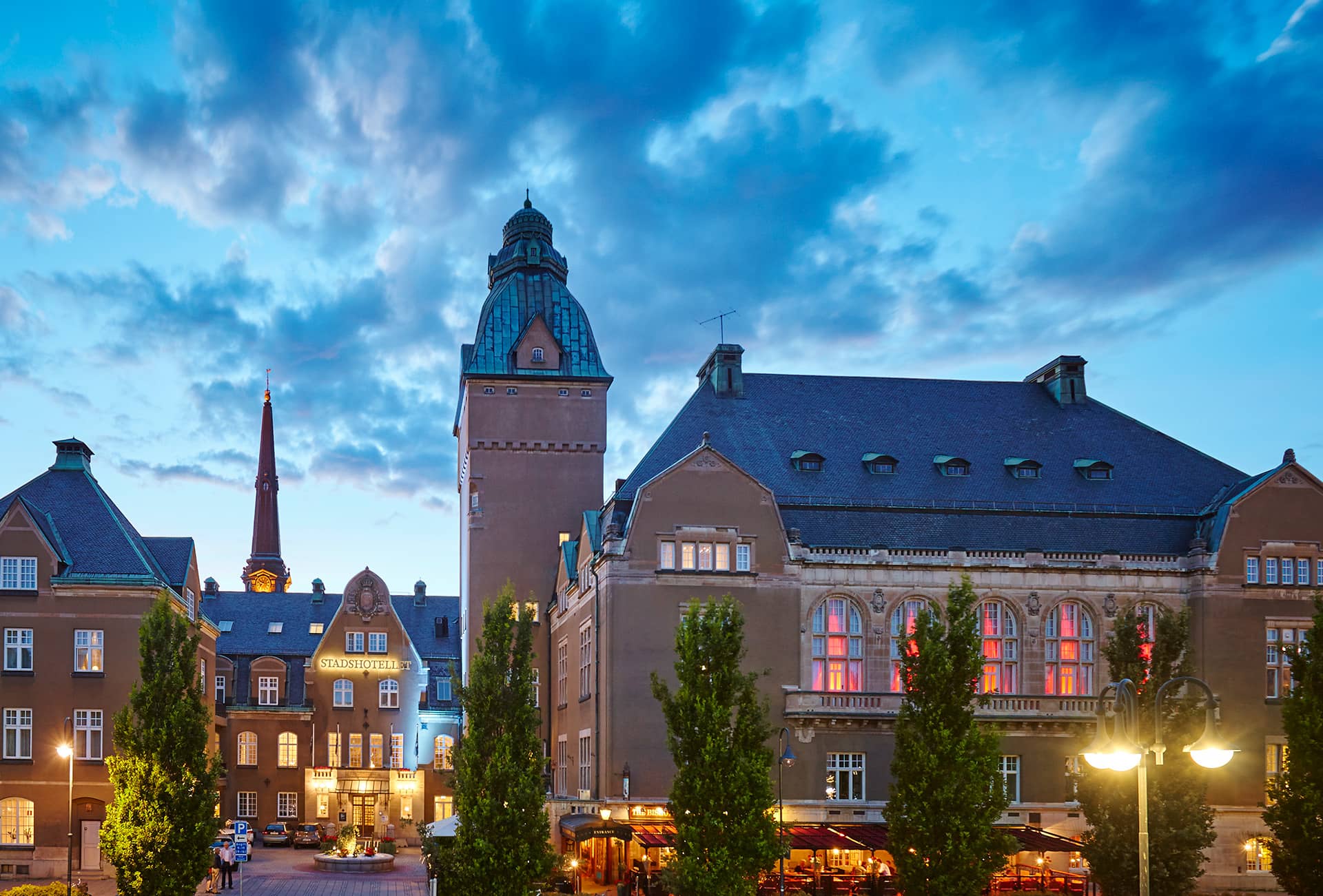
Elite Stadshotellet Västerås
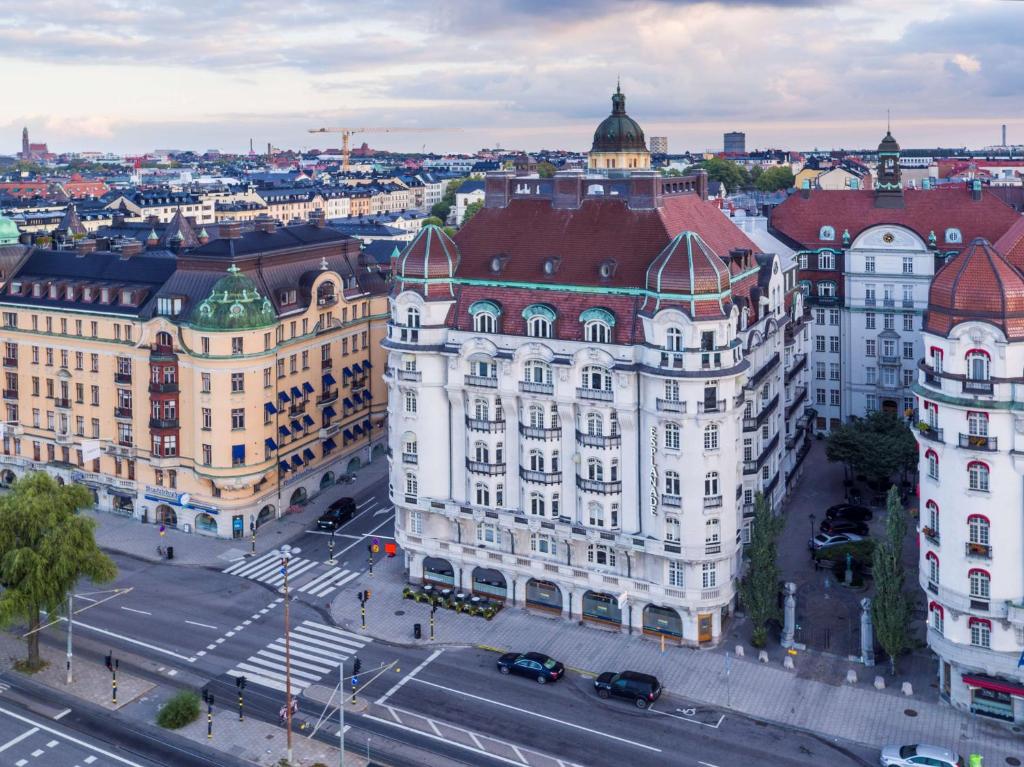
Best Western Hotel Esplanade
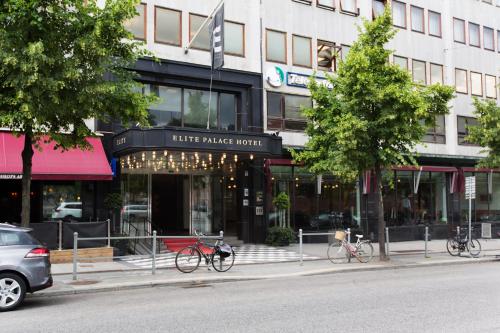
Elite Palace Hotel Västerås
RESTAURANTS
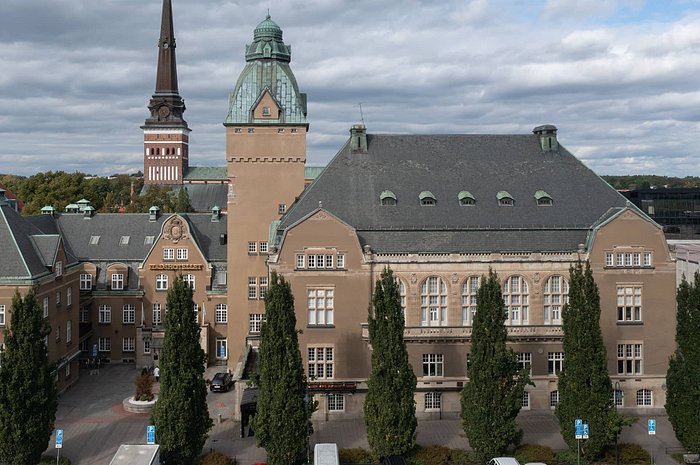
Stadshotellet i Västerås

Grythyttans Gästgivaregård

